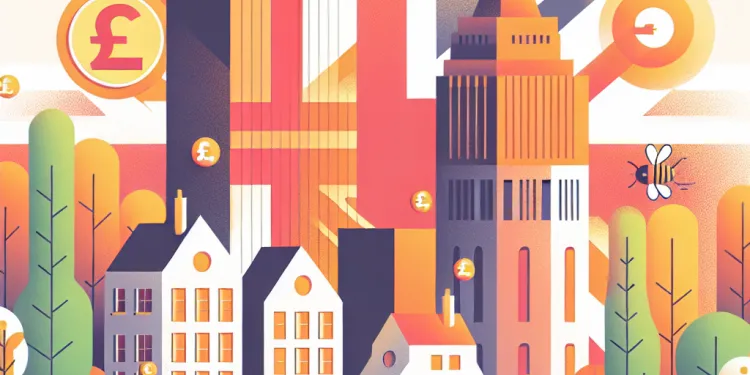
Find Help
More Items From Ergsy search
-
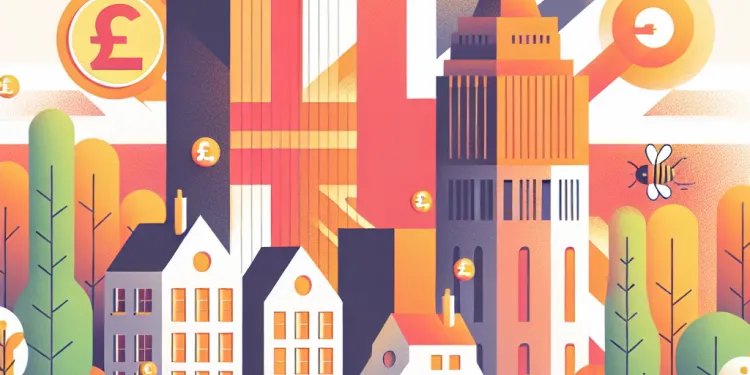
Is hay fever more common in urban areas?
Relevance: 100%
-

Why are experts warning of rising hay fever cases?
Relevance: 62%
-
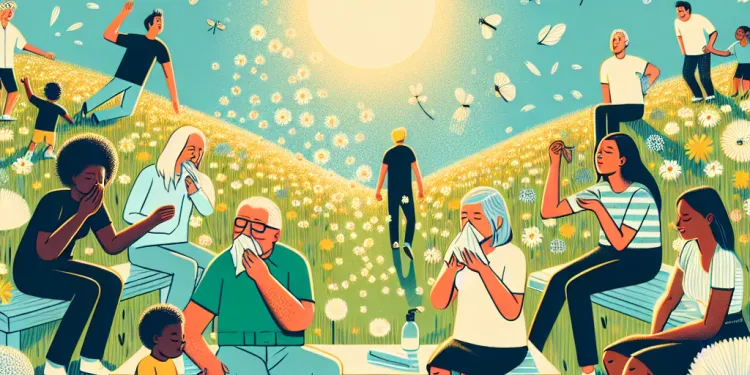
Are some people more prone to hay fever?
Relevance: 60%
-

What is hay fever?
Relevance: 59%
-
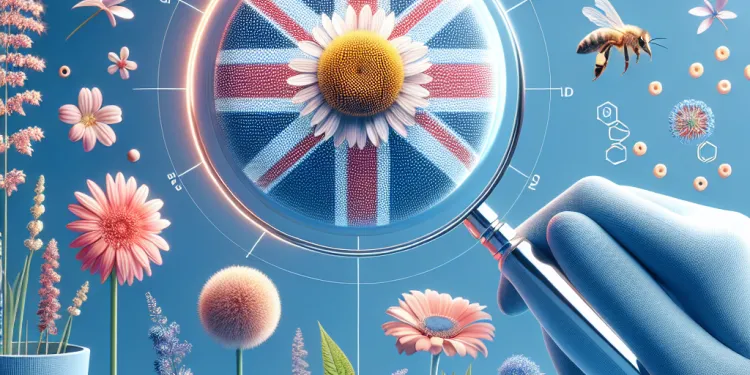
Experts Warn of Rising Hay Fever Cases as Pollen Counts Surge
Relevance: 57%
-

Do masks help with hay fever?
Relevance: 57%
-

Hay fever advice | NHS
Relevance: 55%
-

Can hay fever be prevented?
Relevance: 55%
-
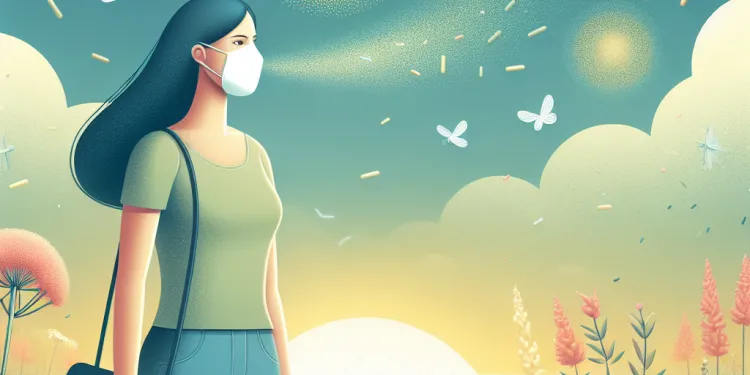
How does pollen affect people with hay fever?
Relevance: 55%
-
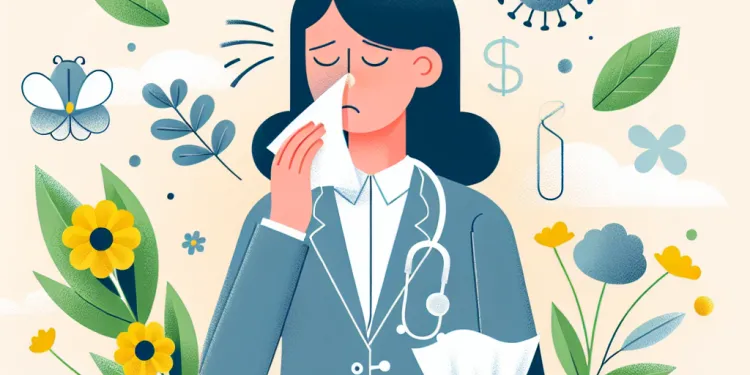
What are the common symptoms of hay fever?
Relevance: 54%
-

Is there a link between hay fever and asthma?
Relevance: 54%
-
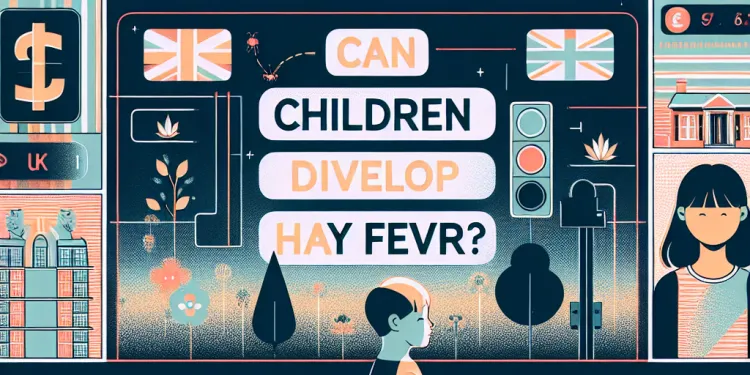
Can children develop hay fever?
Relevance: 54%
-

Can hay fever occur year-round?
Relevance: 53%
-

Do pets contribute to hay fever?
Relevance: 52%
-
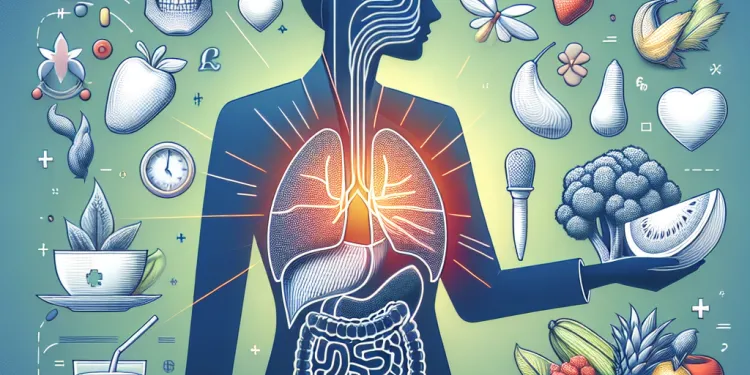
Can diet influence hay fever symptoms?
Relevance: 51%
-
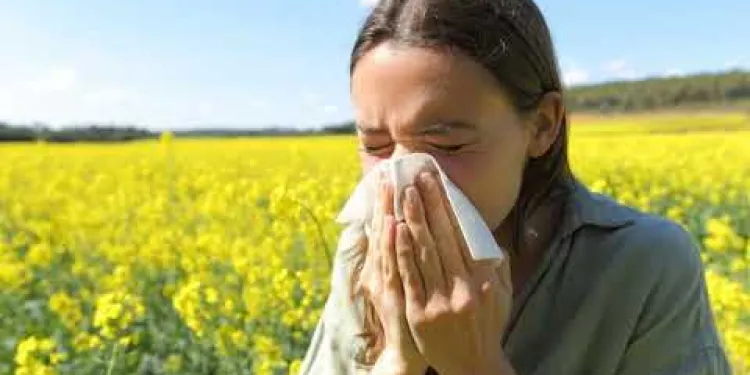
Antihistamines how they work with hay fever
Relevance: 51%
-

Can hay fever symptoms mimic other conditions?
Relevance: 51%
-

Do all plants produce pollen that causes hay fever?
Relevance: 50%
-
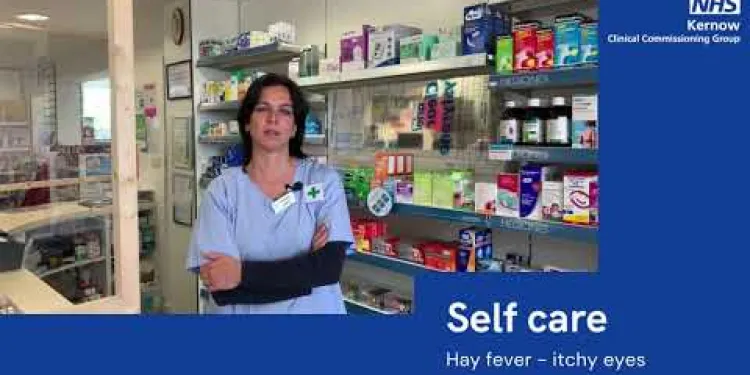
Self care - hay fever itchy eyes
Relevance: 49%
-

Can mosquito screens help reduce hay fever symptoms?
Relevance: 45%
-
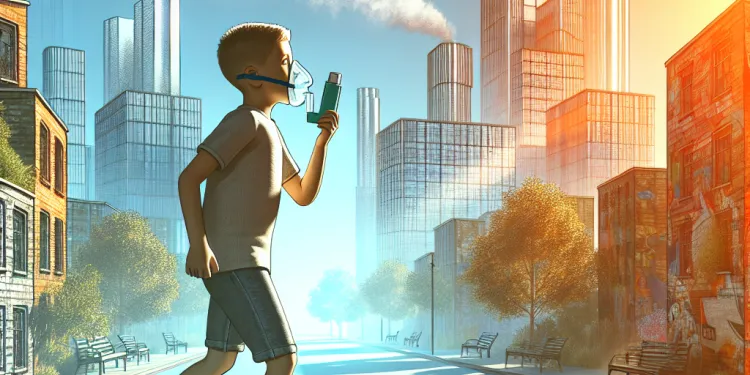
Rise in Childhood Asthma Linked to Air Pollution in Urban Areas
Relevance: 40%
-
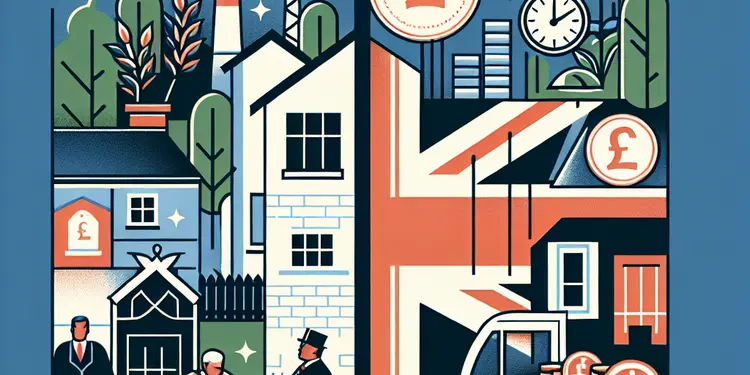
Study Reveals Disparities in Welfare Support Between Urban and Rural Areas
Relevance: 40%
-

Are there any treatments for hay fever?
Relevance: 40%
-

UK Study Links Poor Air Quality to Increased Asthma Cases in Urban Areas
Relevance: 39%
-

Strategies for Reducing Loneliness and Social Isolation in Urban Areas
Relevance: 39%
-

How long does a typical hay fever season last?
Relevance: 34%
-

Which UK areas are most affected by sewage pollution?
Relevance: 28%
-
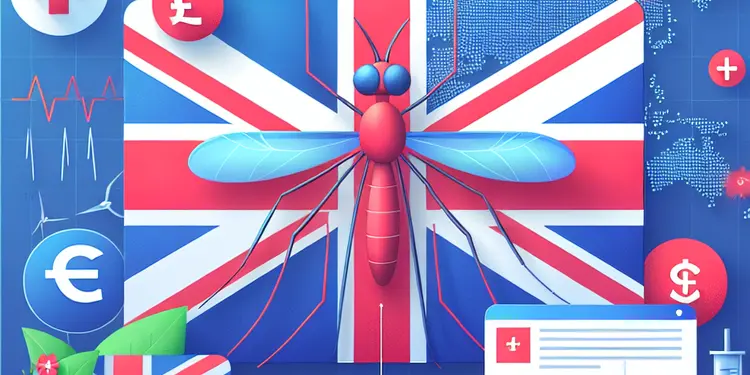
Can dengue fever be contracted in the UK?
Relevance: 27%
-
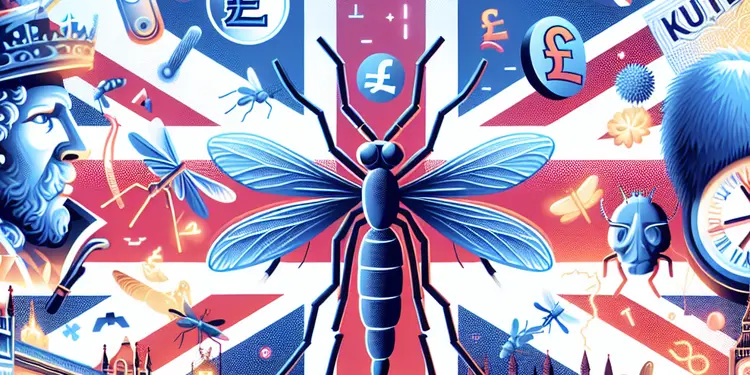
Is there a risk of yellow fever being spread by mosquitoes in the UK?
Relevance: 26%
-

Caring for a child with fever | NHS
Relevance: 23%
-
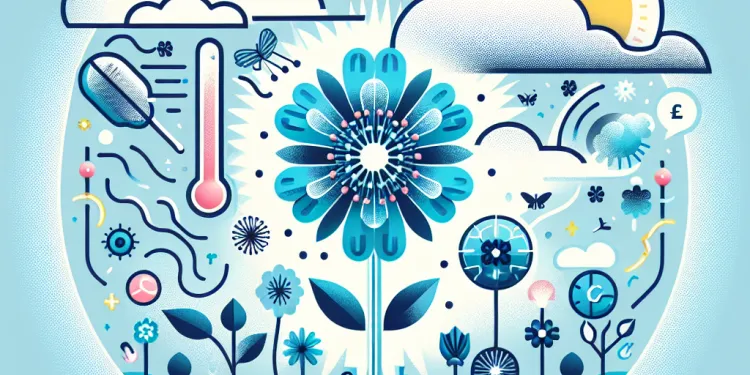
How does climate change affect pollen levels?
Relevance: 23%
-

How to treat glandular fever | NHS
Relevance: 23%
-
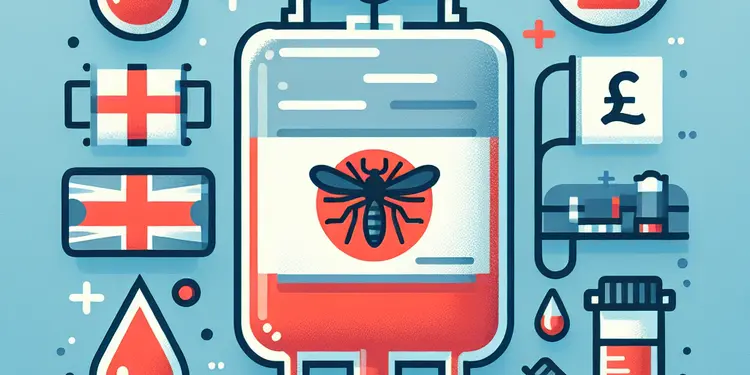
Can Dengue fever be transmitted through blood transfusions?
Relevance: 22%
-
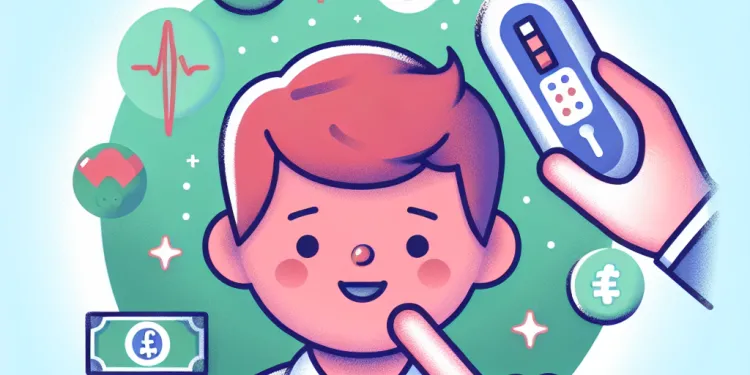
Which medication should be avoided for children with fevers?
Relevance: 21%
-

What is Dengue Fever?
Relevance: 20%
-

Can gonorrhoea infect areas other than the genital organs?
Relevance: 20%
-

What areas can be treated with Botox?
Relevance: 19%
-

What are the entry requirements for the rest of the Schengen Area?
Relevance: 19%
-
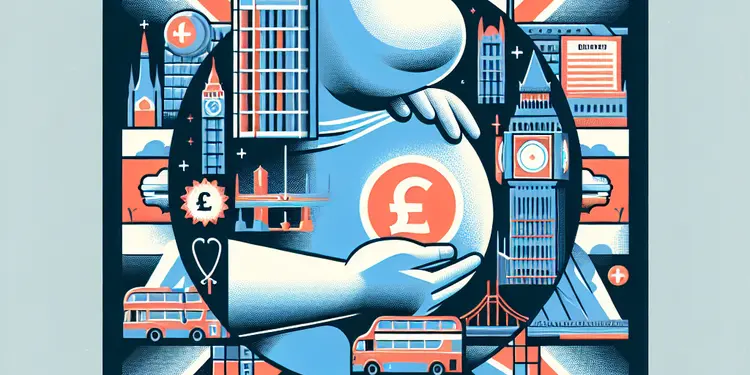
Can lifestyle changes help manage pain and fever during pregnancy?
Relevance: 19%
-

What should I do if I overstay my 90-day limit in the Schengen Area?
Relevance: 17%
Understanding Hay Fever
Hay fever, also known as allergic rhinitis, is a common condition that affects many people in the UK. It is caused by an allergic reaction to airborne substances such as pollen from trees, grasses, and weeds. Symptoms often include sneezing, runny or blocked nose, itchy eyes, and fatigue. The prevalence of hay fever can vary significantly based on geographic and environmental factors, with some research suggesting that it may be more common in urban areas.
Hay Fever in Urban Areas
Urban areas in the UK can present unique environmental conditions that might increase the occurrence of hay fever. Urbanization has been linked to higher rates of allergies due to several factors, including increased pollution levels, lifestyle changes, and limited exposure to diverse plant life. Pollution, in particular, can exacerbate hay fever symptoms by irritating the respiratory system and by interacting with pollen to increase its allergenic potential. Additionally, urban environments often have a distinct ecological makeup with specific types of plants that can influence pollen exposure differently than rural areas.
The Role of Pollution
A significant factor that makes hay fever seemingly more prevalent in cities is the presence of air pollutants such as nitrogen dioxide and particulate matter. Vehicle emissions primarily contribute to the high levels of these pollutants in urban areas. Studies have suggested that pollutants can not only irritate the airways but also make the pollen grains more aggressive. This leads to heightened allergy symptoms for those affected by hay fever. Furthermore, warmer urban microclimates, known as urban heat islands, can extend the pollen season, exposing individuals to allergens for a longer duration.
Comparison with Rural Areas
While rural areas have more plant life and potentially higher quantities of pollen, the types of plants differ, and the overall exposure to pollution is generally lower. People living in rural settings may have a more gradual exposure to various pollens, which some theories suggest could potentially reduce the likelihood of developing severe allergic responses compared to those in urban environments. Rural dwellers often experience a wide variety of flora, potentially leading to better natural immunological tolerance.
Tackling Hay Fever in Cities
For UK residents in urban areas, managing hay fever can be challenging, but it is possible with the right strategies. This includes staying indoors during peak pollen times, using air purifiers, keeping windows closed during the flowering season, and taking antihistamines to alleviate symptoms. Awareness and monitoring of pollen levels are crucial. Developing green urban spaces with diverse plant species can also help mitigate some urban-specific challenges associated with hay fever.
Understanding Hay Fever
Hay fever is a common problem. It is also called allergic rhinitis. Many people in the UK have it. It happens when your body reacts to things like pollen from trees and plants. When you have hay fever, you might sneeze a lot, have a runny or stuffy nose, itchy eyes, and feel tired. Where you live can change how often you get hay fever. Some studies say people in cities get it more often than those in the countryside.
Hay Fever in Urban Areas
Living in big cities in the UK can make hay fever worse. Cities have special conditions that may increase hay fever. There is more pollution, and this can affect allergies. The way people live in cities and the plants around them can also change your pollen exposure. Pollution makes breathing problems worse and can make pollen stronger, which makes allergies worse. Cities have certain plants that affect pollen differently than in the countryside.
The Role of Pollution
One big reason hay fever seems worse in cities is pollution. Cars and trucks put pollution in the air. This pollution includes things like nitrogen dioxide. This pollution irritates people’s breathing. It can also make pollen stronger. So, people’s hay fever symptoms get worse. Cities are often warmer, which can make the pollen season last longer. This means people can suffer from hay fever for more time.
Comparison with Rural Areas
In the countryside, there are more plants and sometimes more pollen. But the plants are different, and there is less pollution. People in the countryside might get used to the pollen slowly. Some experts think this can help people have less severe allergies. In rural areas, there are many types of plants, which can help people build a tolerance to pollen.
Tackling Hay Fever in Cities
If you live in a city in the UK, it can be tough to deal with hay fever. But there are ways to help. Try to stay inside when pollen levels are high. Use air purifiers and keep windows closed when flowers are blooming. Antihistamines can help with symptoms. It is good to know when pollen levels are high. Also, planting different kinds of plants in city parks can help reduce hay fever issues.
Frequently Asked Questions
Is hay fever more common in urban areas?
Yes, hay fever can be more common in urban areas due to higher levels of pollution and specific types of vegetation.
Why is hay fever more common in urban areas?
Urban areas often have higher pollution levels, which can exacerbate hay fever symptoms, and certain types of plants that thrive in cities can contribute to pollen levels.
What is hay fever?
Hay fever, also known as allergic rhinitis, is an allergic reaction to pollen.
Is pollen count higher in urban areas?
Pollen count can be high in urban areas, but the types of pollen present might differ from rural areas.
Does air pollution affect hay fever?
Yes, air pollution can worsen hay fever symptoms by irritating the respiratory tract and increasing sensitivity to pollen.
Are there specific plants in urban areas that cause hay fever?
Yes, certain plants like ragweed, grasses, and trees commonly found in urban settings can release pollen that triggers hay fever.
How can urban residents manage hay fever symptoms?
Urban residents can manage symptoms by monitoring pollen counts, keeping windows closed, using air purifiers, and taking antihistamines.
Does climate change affect hay fever prevalence in urban areas?
Climate change can increase the duration and intensity of pollen seasons, affecting hay fever prevalence, especially in urban areas.
Are children in urban areas more likely to develop hay fever?
Children in urban areas might be more susceptible to developing hay fever due to higher pollution and allergen exposure.
Is hay fever more severe in urban areas?
The severity of hay fever can be greater in urban areas due to pollution and the variety of allergens present.
Do urban planners take hay fever into account?
Some urban planners consider allergens when designing green spaces, but it varies by location.
Can lifestyle changes reduce hay fever symptoms in urban areas?
Yes, lifestyle changes like staying indoors on high pollen days, using air purifiers, and maintaining a healthy diet can help.
What role do cars play in urban hay fever incidence?
Cars contribute to pollution, which can interact with pollen to worsen hay fever symptoms in urban areas.
Are certain urban populations more at risk for hay fever?
Populations with pre-existing respiratory issues or allergies may be more at risk in urban environments.
Is there less green space affecting hay fever in urban areas?
Reduced green space can limit exposure to certain pollens, but other urban-specific plants can still cause hay fever.
Are there urban health policies targeting hay fever?
Some cities have health policies that aim to reduce pollution and manage allergens to help alleviate hay fever.
Does indoor air quality in urban areas affect hay fever?
Yes, poor indoor air quality can exacerbate hay fever symptoms in conjunction with outdoor allergens.
How do environmental factors differ for hay fever in urban versus rural areas?
Urban areas typically have higher pollution, while rural areas might have more varied types of pollen.
Can urban gardening contribute to hay fever?
Yes, certain plants in urban gardening can release pollen that contributes to hay fever.
Do urban allergies differ from rural allergies?
Allergies can differ in urban areas due to environmental factors like pollution, which alters pollen interaction.
Do more people get hay fever in cities?
Yes, people in cities often get hay fever more because there is more pollution and certain plants.
Why do more people in cities get hay fever?
Hay fever is when plants make your nose run and eyes itchy.
People in cities might get hay fever more because:
- There are more cars and their smoke can make it worse.
- Less green spaces to help clean the air.
- Plants in cities sometimes make more pollen.
To feel better, try:
- Keeping windows closed when it's windy.
- Wearing sunglasses to keep pollen out of your eyes.
- Using a tissue to cover your nose and mouth outside.
Ask a grown-up about medicines that can help.
Cities can have more pollution. This can make hay fever worse. There are also some plants in cities that make pollen. Pollen makes hay fever worse too.
What is hay fever?
Hay fever is when you sneeze a lot and have a runny nose. It happens because of pollen from flowers and trees.
To make it better, you can:
- Stay inside when there is lots of pollen outside.
- Close windows and doors.
- Use tissues to wipe your nose.
- Ask a grown up or doctor for medicine.
Hay fever, also called allergic rhinitis, happens when you are allergic to pollen from plants.
Does the City Have More Pollen?
Pollen is tiny stuff from plants that can make you sneeze.
In the city, there are lots of cars and buildings. These can cause more pollen in the air.
If you have allergies, you can use a pollen app to check the air. This helps you know when it’s safe to go outside.
Pollen can be high in cities. The pollen in the city may be different from the pollen in the countryside.
Does dirty air make hay fever worse?
Hay fever is when you sneeze a lot. And your eyes can be itchy or watery. This happens because of pollen in the air.
Some people want to know if dirty air makes hay fever worse. Dirty air is what we call air pollution. Air pollution comes from things like cars and factories.
If you think dirty air makes your hay fever worse, here are some tips:
- Stay indoors on days when there is a lot of air pollution.
- Close your windows to keep dirty air outside.
- Talk to a doctor for advice. They can help you feel better.
Yes, dirty air can make hay fever worse. It bothers your nose and throat and makes you react more to pollen.
Do some city plants make people sneeze?
Yes, some plants make tiny things called pollen that can make you sneeze and feel unwell. These plants include ragweed, grasses, and trees in cities.
What can people in cities do to feel better if they have hay fever?
If you live in a city and get hay fever, here are some ways to feel better:
- Stay indoors: Try to stay inside when there is a lot of pollen in the air.
- Keep windows closed: Shut windows to stop pollen from coming inside.
- Wear sunglasses: Put on sunglasses outside to protect your eyes from pollen.
- Wash your face and hands: After being outside, wash to get rid of pollen.
- Use air filters: Use special filters in your home to clean the air.
These steps can help you feel better. You can also talk to a doctor for more help.
If you live in a city and have allergies, there are things you can do to feel better. Watch the pollen levels to see when they are high. Keep your windows shut so pollen stays out. Use machines called air purifiers to clean the air inside. You can also take medicine called antihistamines to help with your symptoms.
Does climate change affect hay fever levels in cities?
Hay fever means you sneeze and your eyes and nose itch. It is caused by pollen from plants.
Climate change means the world is getting hotter. This can cause more pollen.
When there is more pollen, more people can get hay fever.
In cities, the heat and plants make more pollen, so more people can get hay fever.
Try using tissues or nasal sprays if you have hay fever.
Talk to a doctor for more help.
Climate change can make pollen seasons last longer and be stronger. This can cause more people to have hay fever, especially in cities.
Do kids in cities get hay fever more often?
Hay fever is when people have sneezing, itchy eyes, and a runny nose because of things like pollen.
Do you think kids who live in big towns or cities get hay fever more than kids in the countryside?
Use pictures or videos to help understand better.
Kids who live in cities might get hay fever more easily. This is because there is more pollution and things that cause allergies in cities.
Is Hay Fever Worse in Cities?
Hay fever is often worse in cities. This is because there is more pollution and lots of different things that can cause allergies.
Do city planners think about hay fever?
Some people who plan cities think about things that make people sneeze when they are making parks and gardens. But it is different in each place.
Can changing how we live help with hay fever in the city?
Do you have hay fever? It can make you sneeze, itch, and be uncomfortable.
Here are some easy things you can do to feel better:
- Stay inside: Try to stay inside when there is a lot of pollen outside. Pollen is really bad in the morning and on windy days.
- Wash up: When you come home, wash your face and hands. This can wash away pollen.
- Close windows: Keep windows closed so pollen can't get in.
- Use tools: Use things like air filters. They can help clean the air in your home.
These ideas might help you feel better if you have hay fever in the city.
Yes, you can feel better by making some changes. Stay inside when there is a lot of pollen outside. Use machines that clean the air. Eat healthy food.
How do cars affect hay fever in cities?
Cars make the air dirty. This dirty air mixes with pollen from flowers. This can make your nose itchy and make you sneeze a lot if you have hay fever. This happens more in big cities.
Do some people in cities get hay fever more?
People who already have breathing problems or allergies might have more trouble in cities.
Do cities have less green space, making hay fever worse?
Having fewer green areas might mean people breathe in less pollen from some plants. But in cities, there are other plants that can still make people sneeze.
Do cities have rules to help people with hay fever?
Some cities have health rules to help make the air cleaner and manage things that cause allergies. This can help people with hay fever feel better.
Can the air inside city buildings make hay fever worse?
Yes, bad air inside can make hay fever worse. This happens with things outside that make you sneeze, too.
How are things different in the city and the countryside for people with hay fever?
People with hay fever have allergies. These allergies come from things in the air. These things are called pollen.
In the city, there is a lot of pollution from cars. This can make hay fever worse.
In the countryside, there are more trees and plants. This means more pollen can be in the air.
To help with hay fever, you can:
- Stay inside when pollen is high.
- Keep windows closed.
- Wear sunglasses outside.
- Use hay fever tablets or nasal sprays.
Cities usually have more pollution in the air. Countryside areas might have different types of pollen from plants.
Does city gardening make hay fever worse?
Yes, some plants in city gardens can make pollen that causes hay fever.
Are allergies in cities different from allergies in the countryside?
Let's find out if people have different allergies in the city and the countryside.
We can use tools like pictures or videos to help understand better.
Allergies can be different in cities. This is because things like pollution in the air can change how pollen affects people.
Useful Links
- Ergsy carfully checks the information in the videos we provide here.
- Videos shown by Youtube after a video has completed, have NOT been reviewed by ERGSY.
- To view, click the arrow in centre of video.
- Most of the videos you find here will have subtitles and/or closed captions available.
- You may need to turn these on, and choose your preferred language.
- Go to the video you'd like to watch.
- If closed captions (CC) are available, settings will be visible on the bottom right of the video player.
- To turn on Captions, click settings .
- To turn off Captions, click settings again.
More Items From Ergsy search
-

Is hay fever more common in urban areas?
Relevance: 100%
-

Why are experts warning of rising hay fever cases?
Relevance: 62%
-

Are some people more prone to hay fever?
Relevance: 60%
-

What is hay fever?
Relevance: 59%
-

Experts Warn of Rising Hay Fever Cases as Pollen Counts Surge
Relevance: 57%
-

Do masks help with hay fever?
Relevance: 57%
-

Hay fever advice | NHS
Relevance: 55%
-

Can hay fever be prevented?
Relevance: 55%
-

How does pollen affect people with hay fever?
Relevance: 55%
-

What are the common symptoms of hay fever?
Relevance: 54%
-

Is there a link between hay fever and asthma?
Relevance: 54%
-

Can children develop hay fever?
Relevance: 54%
-

Can hay fever occur year-round?
Relevance: 53%
-

Do pets contribute to hay fever?
Relevance: 52%
-

Can diet influence hay fever symptoms?
Relevance: 51%
-

Antihistamines how they work with hay fever
Relevance: 51%
-

Can hay fever symptoms mimic other conditions?
Relevance: 51%
-

Do all plants produce pollen that causes hay fever?
Relevance: 50%
-

Self care - hay fever itchy eyes
Relevance: 49%
-

Can mosquito screens help reduce hay fever symptoms?
Relevance: 45%
-

Rise in Childhood Asthma Linked to Air Pollution in Urban Areas
Relevance: 40%
-

Study Reveals Disparities in Welfare Support Between Urban and Rural Areas
Relevance: 40%
-

Are there any treatments for hay fever?
Relevance: 40%
-

UK Study Links Poor Air Quality to Increased Asthma Cases in Urban Areas
Relevance: 39%
-

Strategies for Reducing Loneliness and Social Isolation in Urban Areas
Relevance: 39%
-

How long does a typical hay fever season last?
Relevance: 34%
-

Which UK areas are most affected by sewage pollution?
Relevance: 28%
-

Can dengue fever be contracted in the UK?
Relevance: 27%
-

Is there a risk of yellow fever being spread by mosquitoes in the UK?
Relevance: 26%
-

Caring for a child with fever | NHS
Relevance: 23%
-

How does climate change affect pollen levels?
Relevance: 23%
-

How to treat glandular fever | NHS
Relevance: 23%
-

Can Dengue fever be transmitted through blood transfusions?
Relevance: 22%
-

Which medication should be avoided for children with fevers?
Relevance: 21%
-

What is Dengue Fever?
Relevance: 20%
-

Can gonorrhoea infect areas other than the genital organs?
Relevance: 20%
-

What areas can be treated with Botox?
Relevance: 19%
-

What are the entry requirements for the rest of the Schengen Area?
Relevance: 19%
-

Can lifestyle changes help manage pain and fever during pregnancy?
Relevance: 19%
-

What should I do if I overstay my 90-day limit in the Schengen Area?
Relevance: 17%


